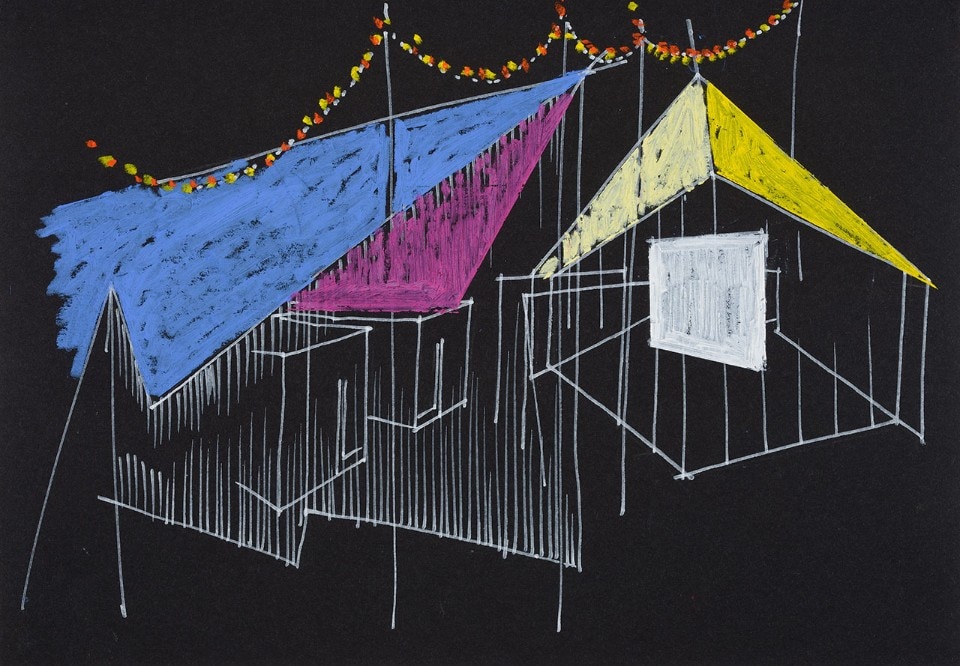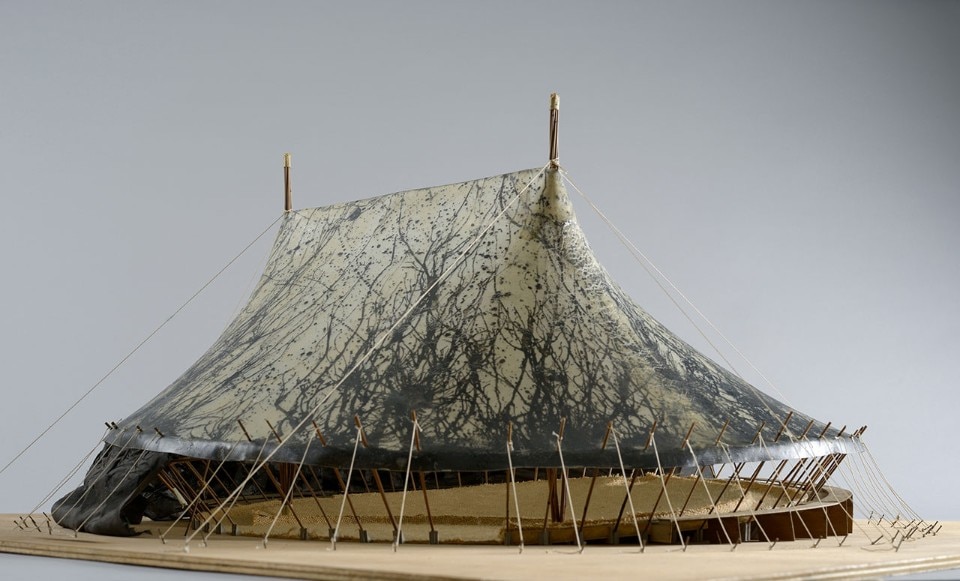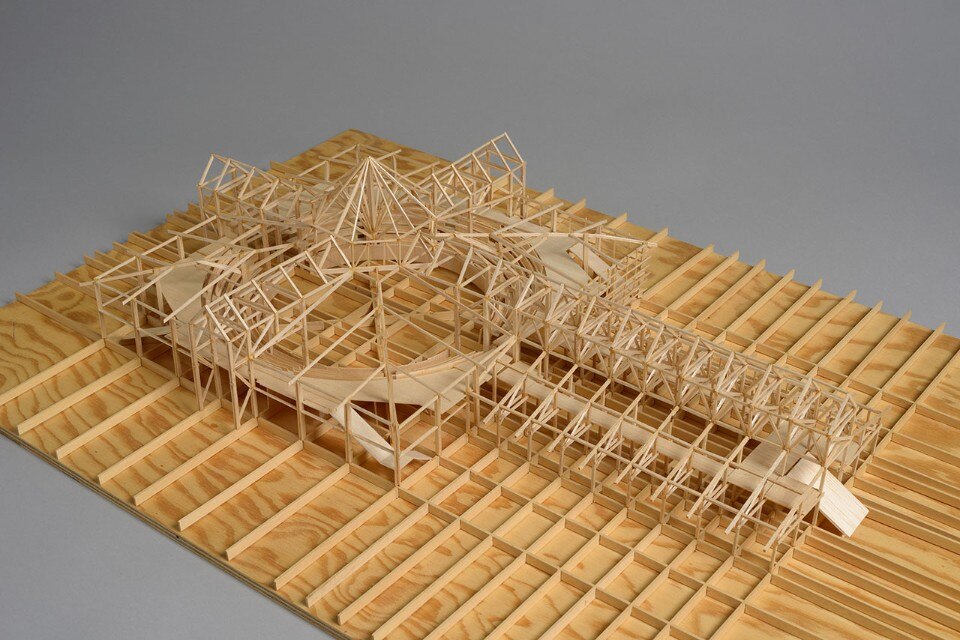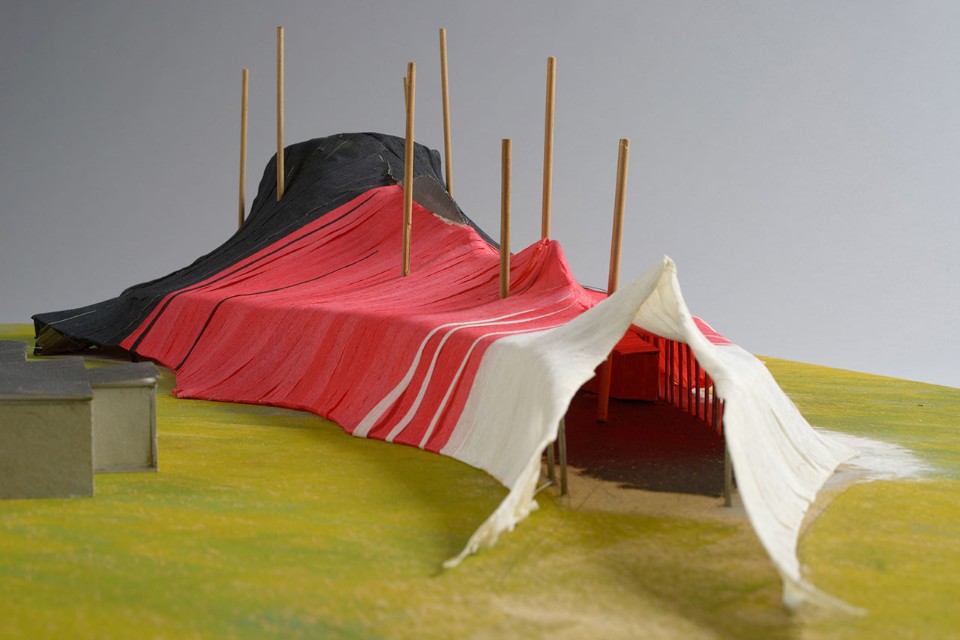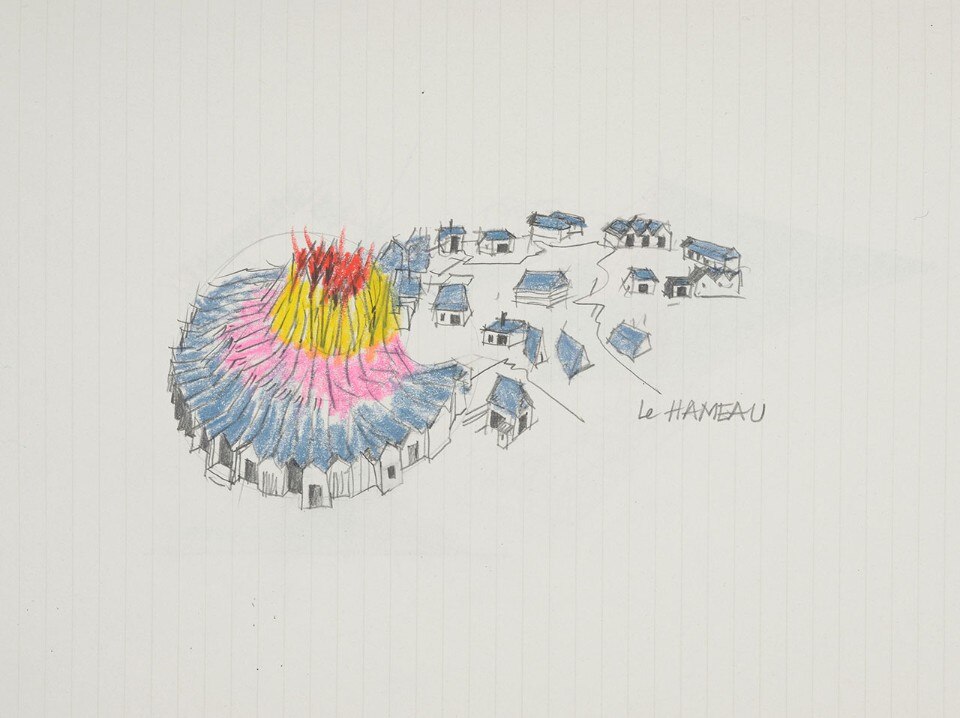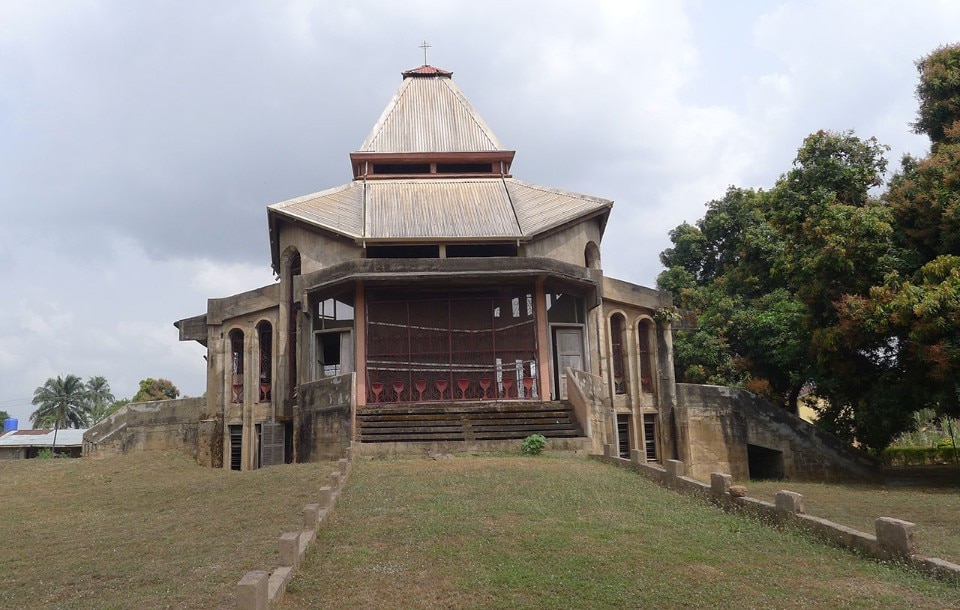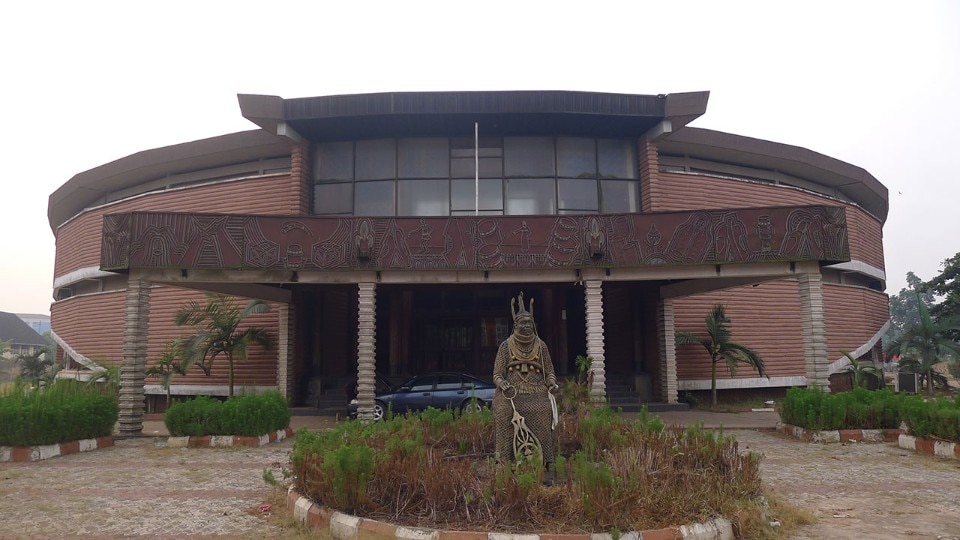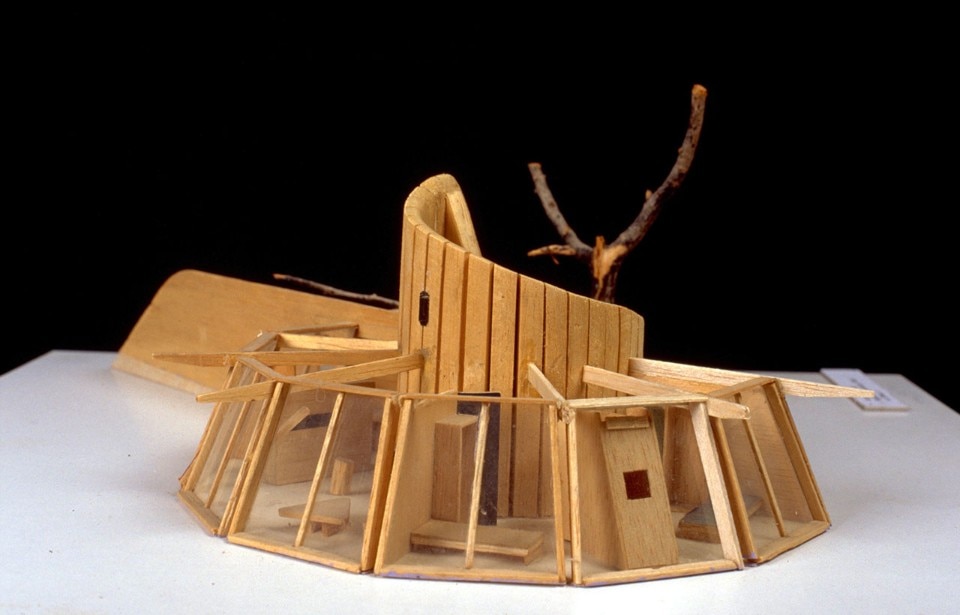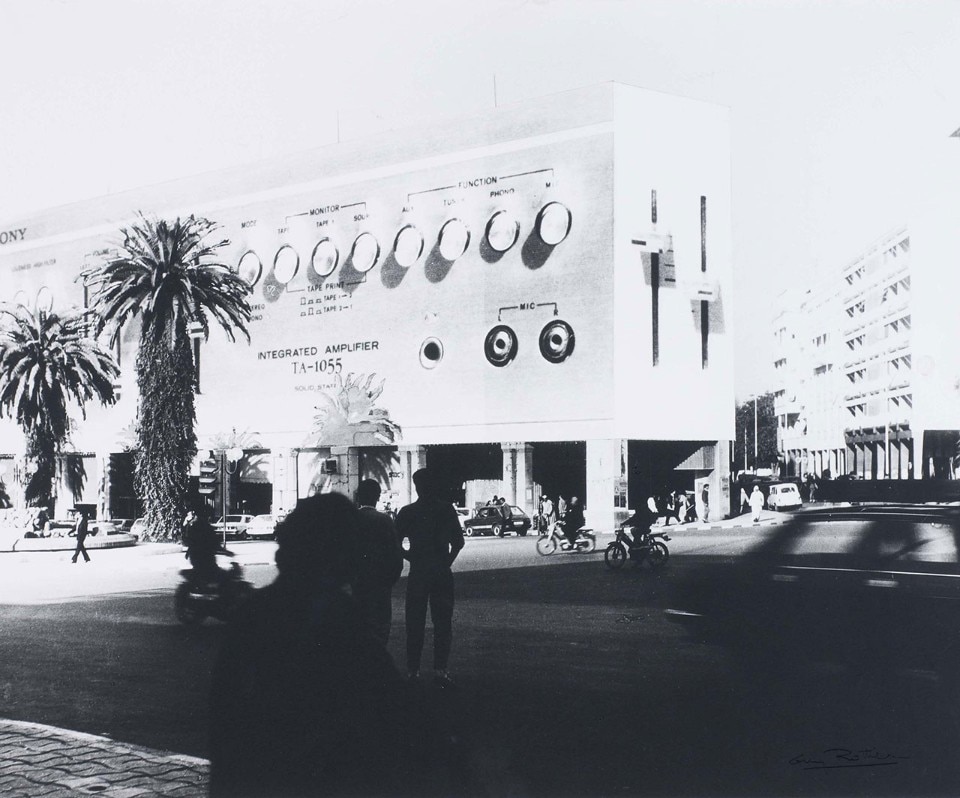Right from the choice of names – the French designer Patrick Bouchain, the Nigerian outsider Demas Nwoko and the visionary Guy Rottier – the Orléans show promises to set itself apart from the many biennials and triennials crowding the planet. If we then add 2 artists in residence, 8 exhibition venues, 45 designers invited to create tailor-made works, 4 shows in the Loire region and 6 symposia, the programme immediately seems to offer a rich experience, perhaps too rich to be consumed in the space of a single day. The curators – the Italian architect Luca Galofaro, founder of the studio IaN+ and LGSAM, and Abdelkader Damani, director of the FRAC Centre-Val de Loire – tell us about the innovative formula of their “biennale de collection”, where the treasures of the French museum “become a place of confrontation and dialogue, a space of perspective through which to reinterpret and rewrite history”.
Elena Sommariva: For the first Biennale d’Orléans, you have chosen a poetic title: “Walking through someone else’s dream”. How did it originate and what does it mean?
Luca Galofaro: It emerged from the desire to avoid directly defining a theme that would be expounded via a series of exhibited works. Rather, it’s an invitation for people to walk through the show and each gain their own understanding of architecture, which is a product of the imagination before it becomes something solid and tangible.
Abdelkader Damani: The growing number of biennials and triennials around the world aim to represent a new synthesis of the international scene, or to respond to particular themes. Instead, the Biennale d’Orléans has been conceived as a “biennale de collection”, or rather as a confluence of memories: the already established memories of the collection, and the future memories of the invited architects. The collection of the FRAC Centre-Val de Loire becomes a place of confrontation and dialogue, a space of “perspective” through which to reinterpret and rewrite history. The first edition is envisioned around three possible routes: migrations; the permanent dialogue between fiction and reality; and dreams as a way to go beyond disaster.
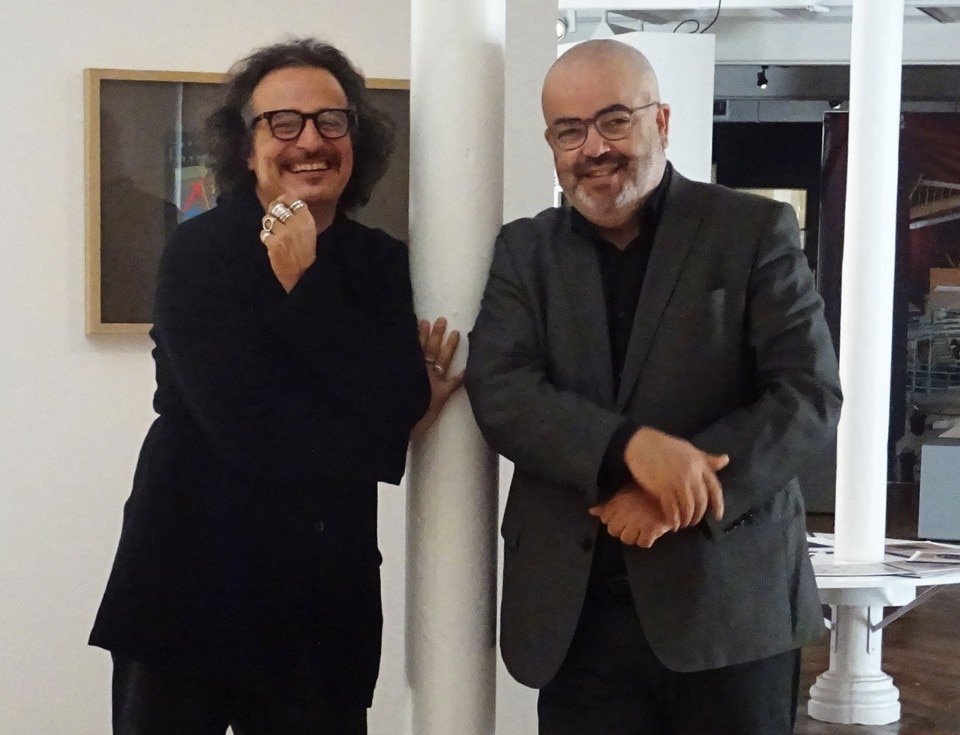
Elena Sommariva: With 45 guests, 1 guest of honour (Patrick Bouchain), 1 focus (Demas Nwoko), 2 residences, 9 shows in Orléans and 4 in the region, and 6 symposia, the Biennale’s programme promises a rich range of events. What criteria guided you in the selection of names?
Luca Galofaro: All the invited architects have built something, and their projects can easily be found on the Web. We were interested in investigating their modus operandi, the ideas that guide their designs, trying to walk through their dreams, transforming architecture into a place of mental encounter. In some cases, the created works result from a dialogue with the FRAC collection. This is the case with Saba Innab, Max Turnheim, Piovene Fabi and Hector Parra. In other instances, the works of the collection form zones of narrative tension – Chanéac, Constant, Cavart, Ettore Sottsass Jr. and Jozef Jankovic – and the guests dialogue with these from a distance. The relationship between history and the future is also a constant in the two big monographic shows, dedicated to Patrick Bouchain and to Guy Rottier (1992-2013), an architect in the collection with an ability to anticipate various contemporary themes. The exhibition’s contents will then be enriched and transformed over time, thanks to specific projects by other talents (Antisufix, Elias Guenon and James Georges) who will turn the Biennale into a genuine experimental workshop.
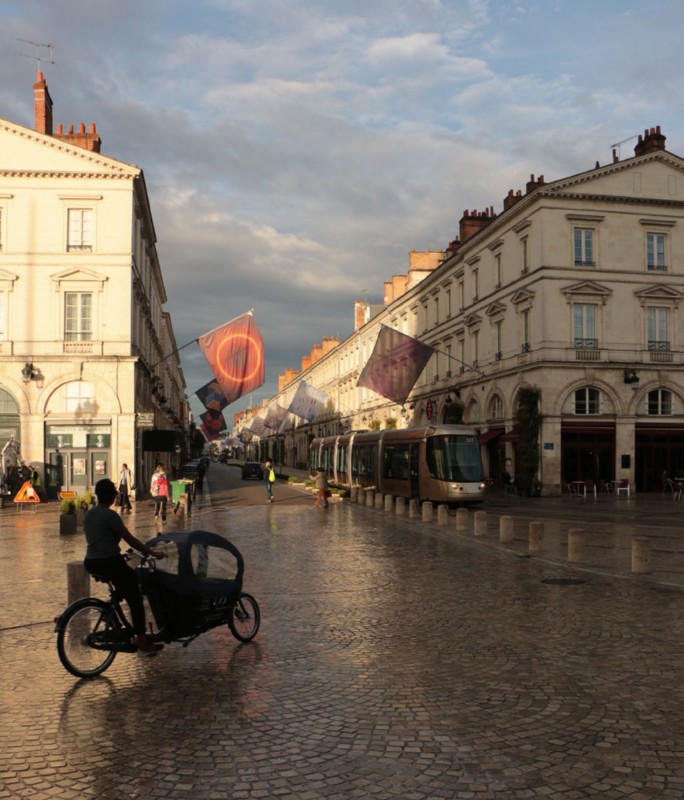
Elena Sommariva: For those with just a few hours in Orléans, what are the Biennale’s must-see exhibits?
Luca Galofaro: Orléans is well-suited to the spread-out dimension of this Biennale. Visiting the exhibition also means creating an explorative route through the city. At the station we’re welcomed by the Pavilion of 2A+P/A; at the Médiathèque there’s a homage to Ettore Sottsass; and along the street in front of the cathedral, a series of architects have redesigned the flags that mark its perimeter. Meanwhile, going towards the river we find the Collégiale Saint-Pierre-le-Puellier, a deconsecrated church converted into an exhibition space with the works of Aristide Antonas, Bernard Khoury, Didier Faustino, OBRA, Black Square, Demas Nwoko and Jozef Jankovic. On the riverside, the research of ecoLogic Studio presents the transformation of this natural space that is highly important for the Pays de la Loire, while Les Vinaigreries Dessaux hosts a selection of videos curated by Marco Brizzi. Lastly, the FRAC Centre Les Turbulences is hosting the central body of the exhibition. For Guy Rottier’s monographic show, finally, visitors will have to make a deviation towards Amilly.
Elena Sommariva: You have defined it as a “biennale de collection”. Why is that? And what is the role and meaning of an architecture biennial today?
Luca Galofaro: We have to be aware that an exhibition can’t be a list or a simple presentation of different identities. Instead, it should be the presentation of a space of nostalgia, a place of regrets, a space where the visitor’s wanderings trace a new map of art history. It should be a place where we bring our doubts and dreams to life. The works exhibited in Orléans engage a tension between history and contemporaneity, where history seems to coincide with the contemporary, and the contemporary tries to seduce history. We want to describe the start of the construction process and display the project as a path towards the creation of a place, first in the imagination and then in reality. This is because, like dreams, the project doesn’t follow a linear narrative. It’s an invitation to wander around contemporary architecture, between different times and places, escaping from things that aren’t considered necessary for the physical construction of architecture, but that are instrumental for every architect’s creative process. The historical collection makes it possible to place different temporalities on the same level, and rekindling the collection means turning it into a laboratory of ideas.
Elena Sommariva: The Biennale d’Orléans is grafted onto the glorious past of ArchiLab. Is this a way to relaunch it in an updated form, or is it a totally new formula?
Luca Galofaro: I’m personally closely attached to ArchiLab since I’ve taken part in several editions. It’s been a fundamental laboratory for my generation, successfully bringing together and cultivating architects and designers who were experimenting through their projects. It has become a reference for innovation in international creative and design culture. The Biennale starts from this extraordinary legacy, but its gaze is directed elsewhere.
Elena Sommariva: Orléans lies 120 kilometres from Paris, in the middle of France, in the delightful Loire Valley. How would you describe the city today, and why is it worth a visit?
Abdelkader Damani: Orléans maintains its quality as a city with a great history and an interesting architectural heritage, which in 2009 earned it the title of “Villes et Pays d’art et d’histoire”. It’s a small, lively city that can easily be explored on foot. It has also renovated its connection with the river, reasserting the intense relationship with nature that has always defined its character. Following the map created for the Biennale is an original way to visit the city. The FRAC Centre, Saint-Pierre-le-Puellier and Les Vinaigreries Dessaux, as well as the Théâtre, the Médiathèque and the street dedicated to Joan of Arc (Rue Jeanne d’Arc): these are the special places from which to admire Orléans.
© all rights reserved
- Exhibition:
- Biennale d’Architecture d’Orléans
- Title:
- Walking through someone else’s dream
- Opening dates:
- 13 October 2017 – 1 April 2018
- Curators:
- Abdelkader Damani & Luca Galofaro
- Associate curators:
- Ugochukwu-Smooth Nzewi, Marco Brizzi, Monica Garcia, Gilles Rion, Aurélien Vernant


